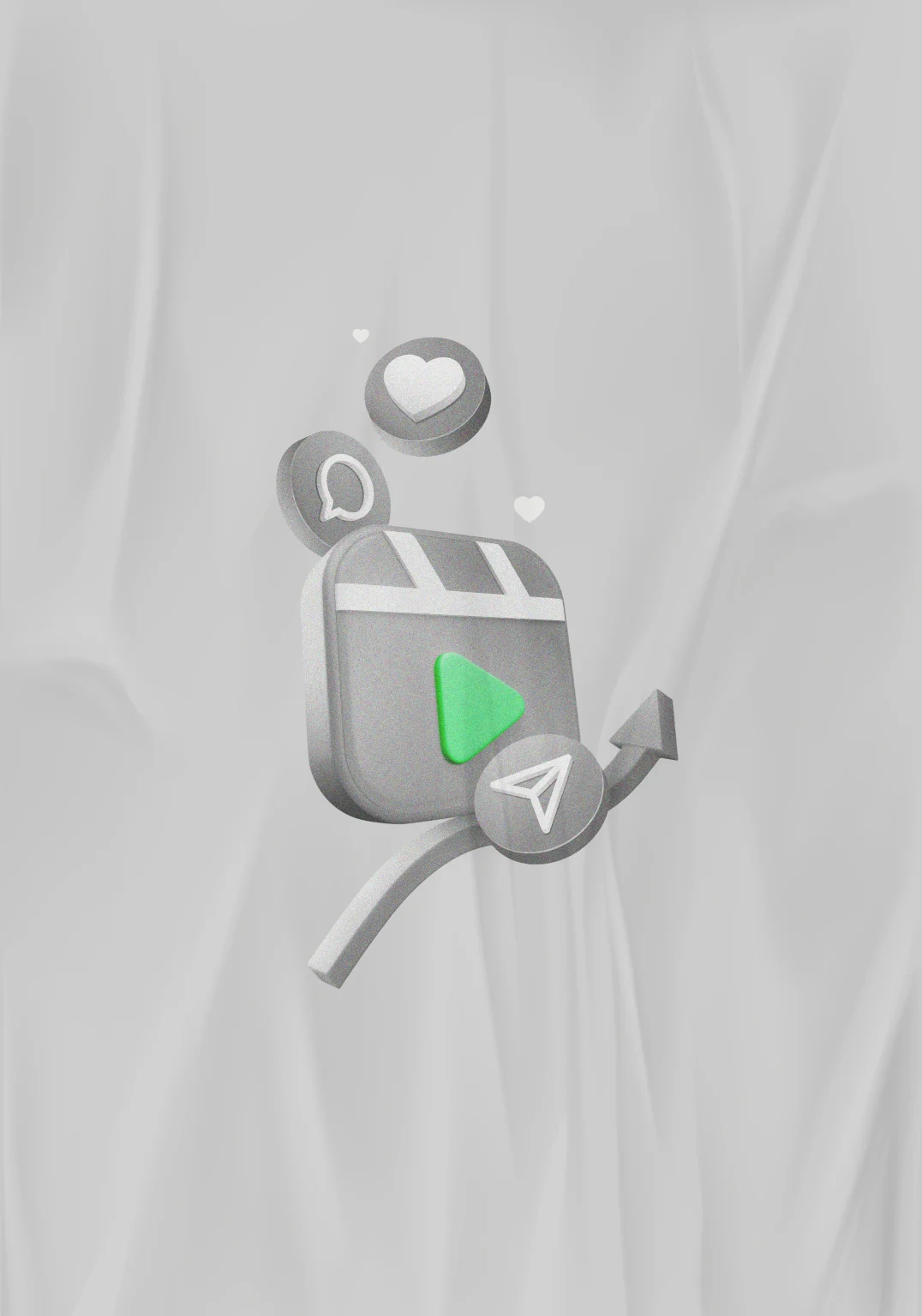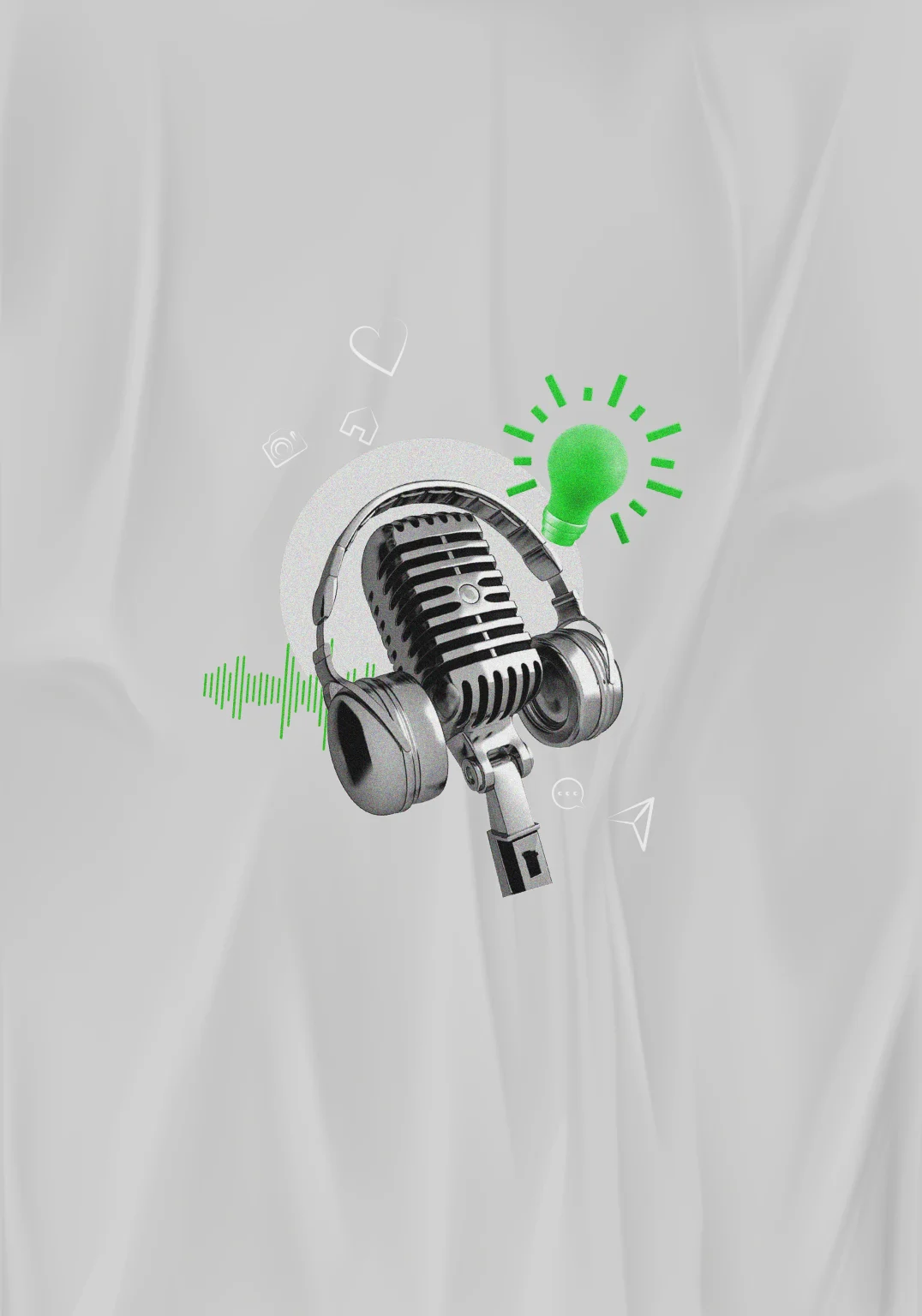The majority of consumers today are searching for information that will assist them in making smarter purchasing decisions. Your website is often the first place prospective customers learn about you and your products. Hence, for a business owner, a good website has become a must-have in today’s marketplace. But choosing between a custom-designed website tailored precisely to your brand tone and a template-based website built on standardised layouts is one of the critical decisions you’ll encounter. To make it easier for you, we will explore the pros and cons of custom and template-based design websites in this blog.
What is a custom website?
A custom website design is a website built from scratch without using pre-built templates. Many businesses prefer building sites from scratch to fit their brand tone and aesthetics. Plus, they can add unique features and other integrations with their existing systems. It requires technical expertise in website design and development, including both front-end and back-end development. Usually, custom websites are preferred by businesses with unique needs, complex features, and too many pages.
What is a template website?
A template-based website has a pre-built layout and allows businesses to customise templates such as colours, fonts, and elements, quickly fitting them to their brand with a simple drag-and-drop tool. These templates are usually ready-to-launch and budget-friendly. Template websites are more suitable for small businesses or those with limited needs, as they do not require much technical expertise.
Comparing custom and template templates:
1. Design and branding
Template designs offer a diverse selection of designs to choose from, catering to various industries, styles, and preferences, but they lack uniqueness and originality. On the other hand, custom websites allow businesses to express their unique brand identity through personalised design elements, colours, and functionalities.
2. Cost-effectiveness
Pre-built templates are more cost-effective than custom designs. Thousands of free or paid pre-built templates are available across all industries for you to choose from. While custom websites are more expensive because they require a team of skilled developers and continuous optimisation.
3. Functionality
Template designs pre-built by CMS platforms have certain restrictions and limit the ability to modify elements. Some templates have limited options for fonts, colours, and layout as well. Custom templates give you higher creative freedom. You can include interactive elements, advanced functionalities, and personalised solutions to enhance user experience.
4. Scalability
Since template designs are pre-built, the scope for scalability is limited. Custom websites, on the other hand, can be adapted and updated to accommodate changing demands, ensuring seamless growth over time.
5. SEO
Template designs offer clean and well-structured web pages, which makes it easy for search engine crawlers to index and assess the content of the site. With custom designs, you add a lot of elements to fit certain aesthetics, and that requires continuous attention and maintenance.
Factors to consider when choosing:
1. Business goals
If you want your website to tell a story and stand out from the competition, go for a custom website. With custom design, you’re free to choose the overall design, layout, and aesthetics.
2. Budget
Template-based website development is a budget-friendly option for those looking for a budget website. Instead of paying for hours of design and development work, you only need to purchase the template from a CMS platform and create your pages.
3. Web hosting and domain selection
Custom websites allow flexibility in choosing web hosting and domain selection. You can choose a hosting provider based on your performance, security, and scalability needs.
4. UI/UX design principles
Custom web design ensures that every element of the website is aligned with your brand’s colours, fonts, tone, and messaging, allowing users to quickly identify and associate your website with your brand.
5. Maintenance & Updates
Most CMS platforms make it simple to update your template site without the assistance of a programmer. If you’re someone who would like to update website content by yourself frequently, this is a better option.
When to choose a custom website vs a template website
Go for a custom website if:
- You need a unique website with every aspect designed with your brand personality in mind.
- You have the budget to create a wholesome UIUX experience for your target audience
- You want full control over the functionality and structure of your website
Go for a template website if:
- You need a website quickly and affordably
- You don’t need complex functionality and themes
- You want a simple website and easy maintenance.
Frequently Asked Questions
What is the difference between front-end and back-end development?
Front-end development focuses on the visual and interactive elements of the website. The aspects your users see. Back-end development is all about making these things a reality by understanding server-side logic, coding, and management.
How do I choose the right web hosting and domain for my website?
Many factors need to be considered when choosing a web host for your website. These include reliability, speed, location, storage, and security. If you are unsure, we can help you.
Why is UI/UX design important in website development?
Your website is the place where users will make the final purchase decision. Hence, making it positive, enjoyable, and hassle-free is the key to increasing conversions.
What are the key steps in website design and development?
The key steps in website design and development are planning, designing, testing, and maintaining. We are a reputed website development agency that can help relieve the burden of trying to manage this process on your own.



